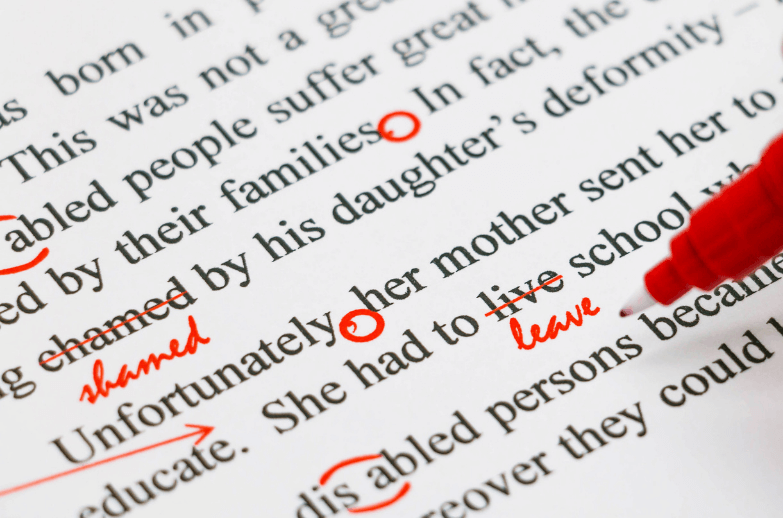Congrats, indie author. At long last, you’ve finished your manuscript. You’ve received input from your beta readers and have incorporated changes into a new, improved draft. You’ve even painstakingly completed your self-edit. Time to let it go for a bit.
Wise indie authors know the next step is to use professional editors to help polish a manuscript into a masterpiece. But most authors don’t know what “editing” really means, only that getting a manuscript off to an editor is a major achievement. Yes, but it’s important to know different kinds of editors perform different levels of editing at different times in the writing process. Understanding the different types of editing, and when they occur in the manuscript writing process, can help you more effectively manage your writing timeline and budget.
Those in the editing world may refer to these levels of editing by different names, but we all agree, generally, on what they mean. Each level builds on the next. Let’s dive in.
Developmental (aka Structural or Substantive) Editing
This is big-picture editing, in which the editor takes an aerial, or macro, view to identify any significant structural issues. The focus is on organization, readability, clarity, and flow of a piece of writing. Developmental editors typically move chunks of text around, possibly cutting some sections to make sure all the elements fit together. They go deep into the content to assess logic and presentation. This type of editing helps guarantee the messages of the manuscripts are clear.
Are chapters and paragraphs in the right order? For nonfiction, has the author focused the book and is it appropriate for the target audience? Does the book achieve the intended goal? For fiction, are characters consistent, do they change, do their actions make sense? Does the plot make sense?
Option: You may consider a manuscript evaluation rather than a full evaluation if budget becomes an issue.
Copyediting (aka Line Editing)
Copyeditors work at the micro level, examining every word and every sentence for clarity and flow. They look at grammar, spelling, mechanics, clarity, and consistency of voice and tense. A copyeditor will flag inappropriate word choices, unnecessary repetition, and use of clichés.
Copyeditors’ checklists are lengthy and detailed. In short, however, their job is to catch all the errors before the manuscript gets formatted.
Proofreading

Two forms of proofreading exist: pre- and post-manuscript formatting.
Pre-formatting Proofread
A Pre-formatting proofread is done after copyediting but before formatting. Eagle-eye proofreaders are looking for any remaining spelling, grammar, punctuation, and typographical errors.
Post-Manuscript Formatting
Post manuscript formatting represents what’s often known as the last set of eyes. Thiskind of editing addresses typos, repeated words (the the), spelling, punctuation, and formatting issues (how things look on a page) as they occur in your book’s final environment. So, if you’re publishing an ebook, a proofreader will look at your book on an eReader. If your book will be printed, your editor will proofread a PDF.
In this case, the proofreader is looking at a version that has all the graphics, a completed table of contents, and footnotes and bibliographies in place. A final check for design style consistency incudes checking that book and chapter headings are accurate and consistent; margins and indents line up; page numbers match the table of contents; chapter titles are consistent in placement, font and font size; and many, many more details.
Proofreaders will only change things if they are clearly wrong. They do not suggest content changes because the content isn’t up for discussion anymore.
Now that you know about the different levels of editing and what tasks are involved, you can go forth and find the rest of your team. What your book needs depends on the concept of your book and the strength of your writing. You’ll benefit most when you’re positive and open-minded, willing to receive the feedback your editors provide. Editors and proofreaders exist to make your dreams come true—to make your manuscript into the best it can be.
Want more savvy insights like these? Subscribe to The Savvy Red Pen Blog! We also offer a full suite of editorial services. Contact us today to discover how we can help you!
Related Articles
Sorting Out Some Commonly Confused Words
The 10 Best Grammar & Writing Resources for Your Writer’s Toolbox
Proofreading Tips to Avoid Professional Embarrassment

